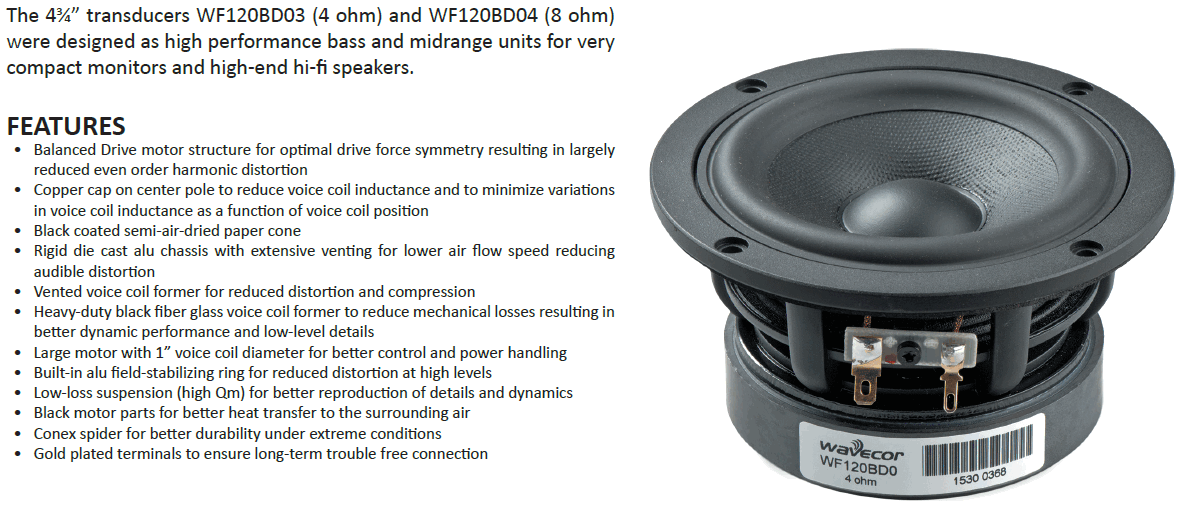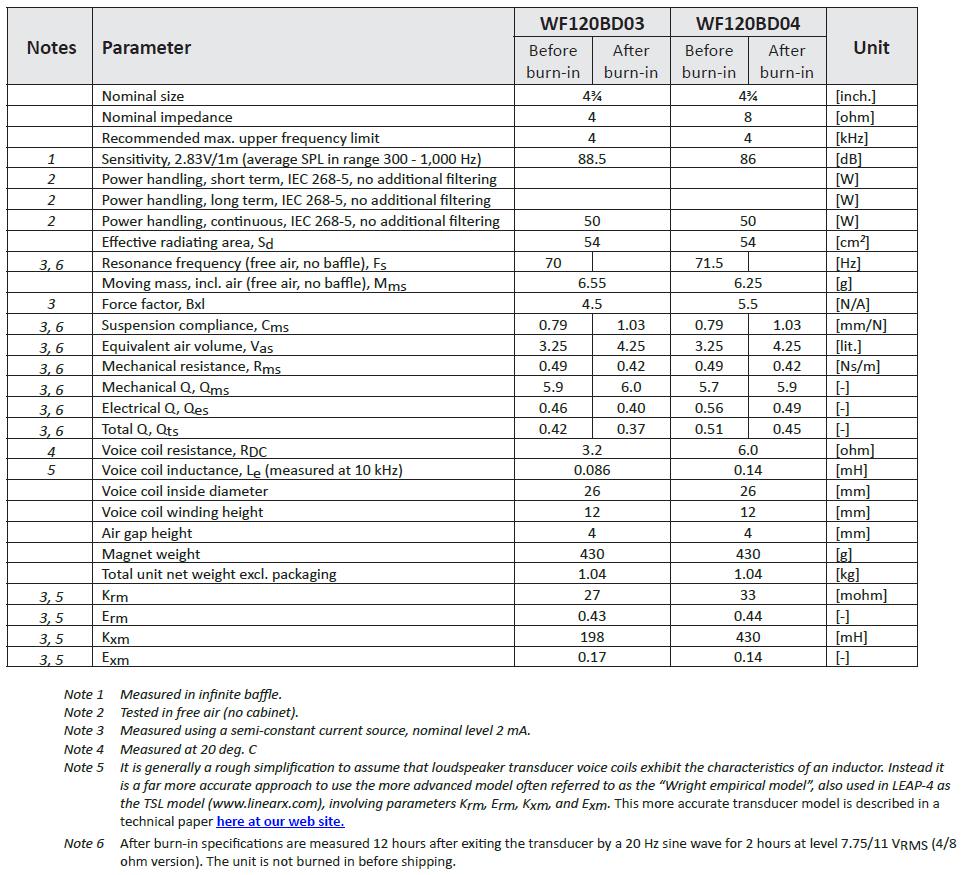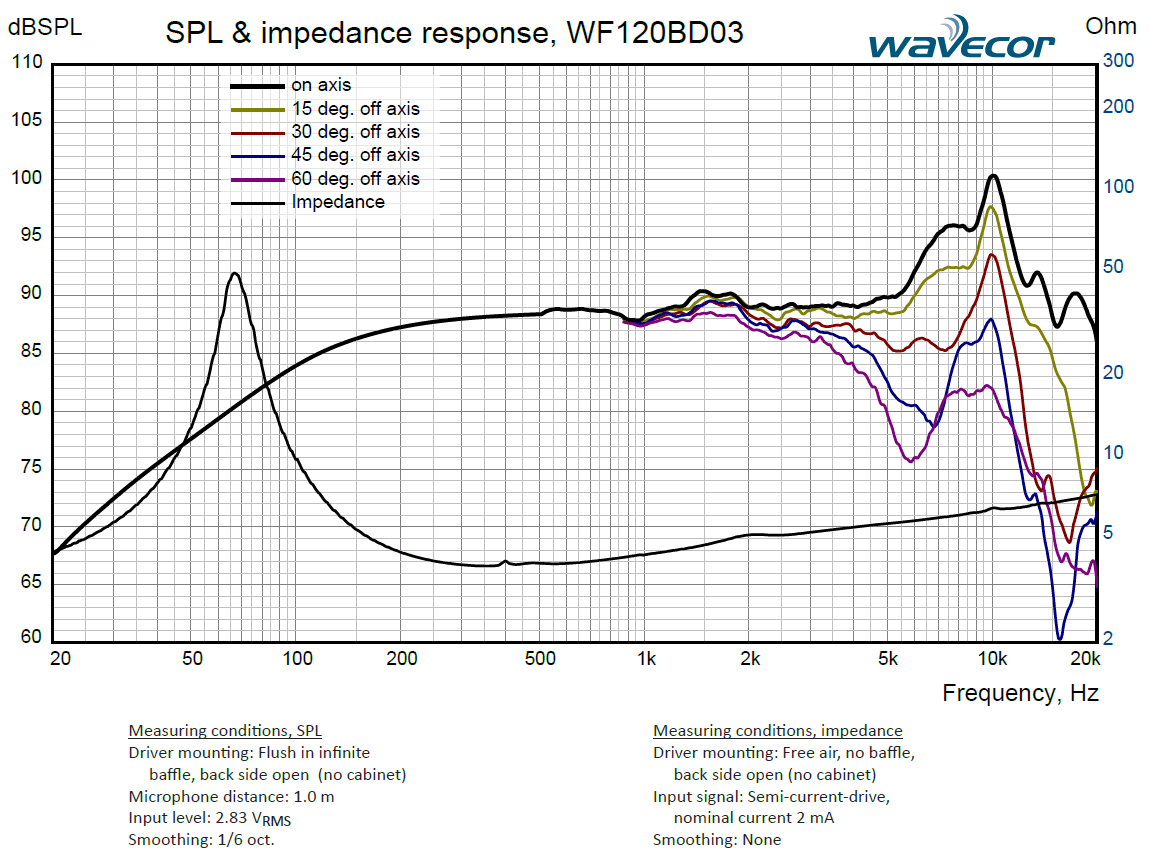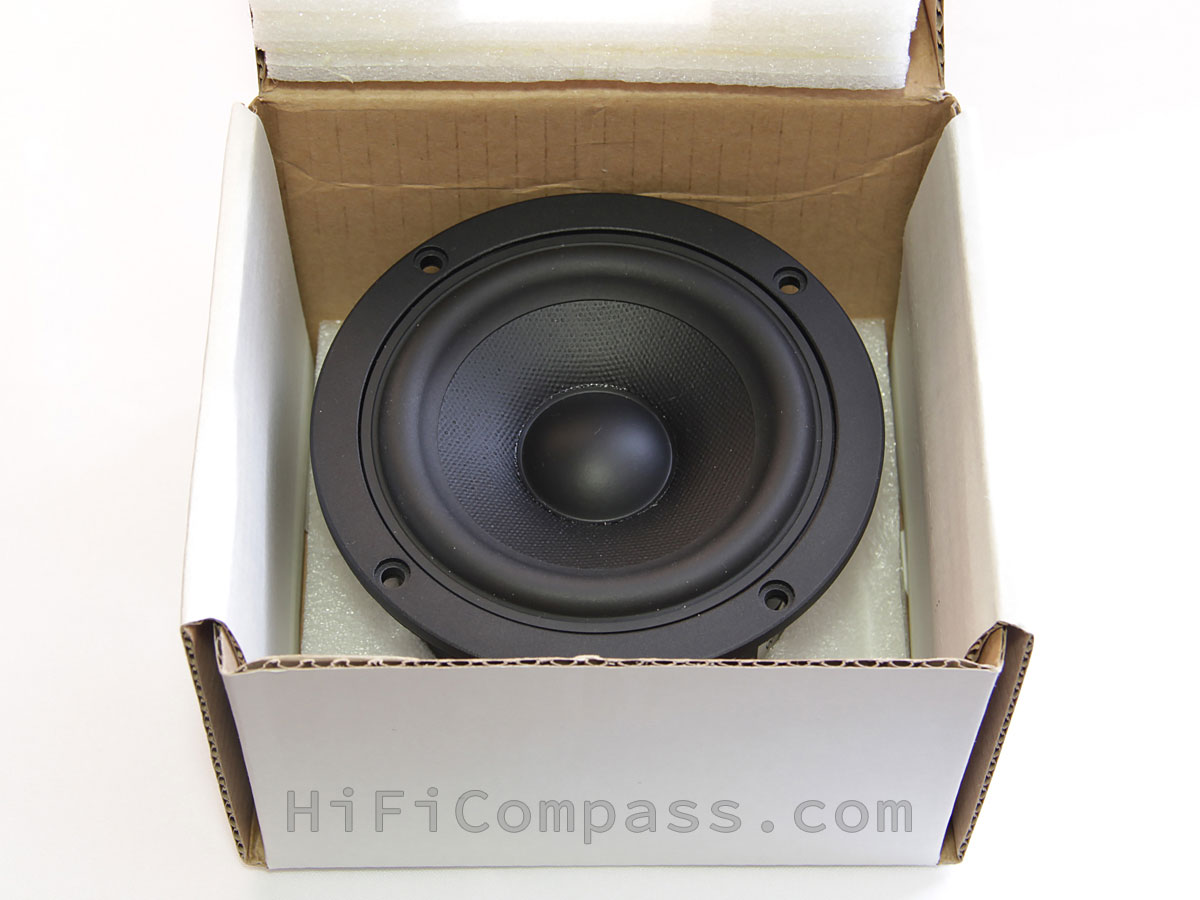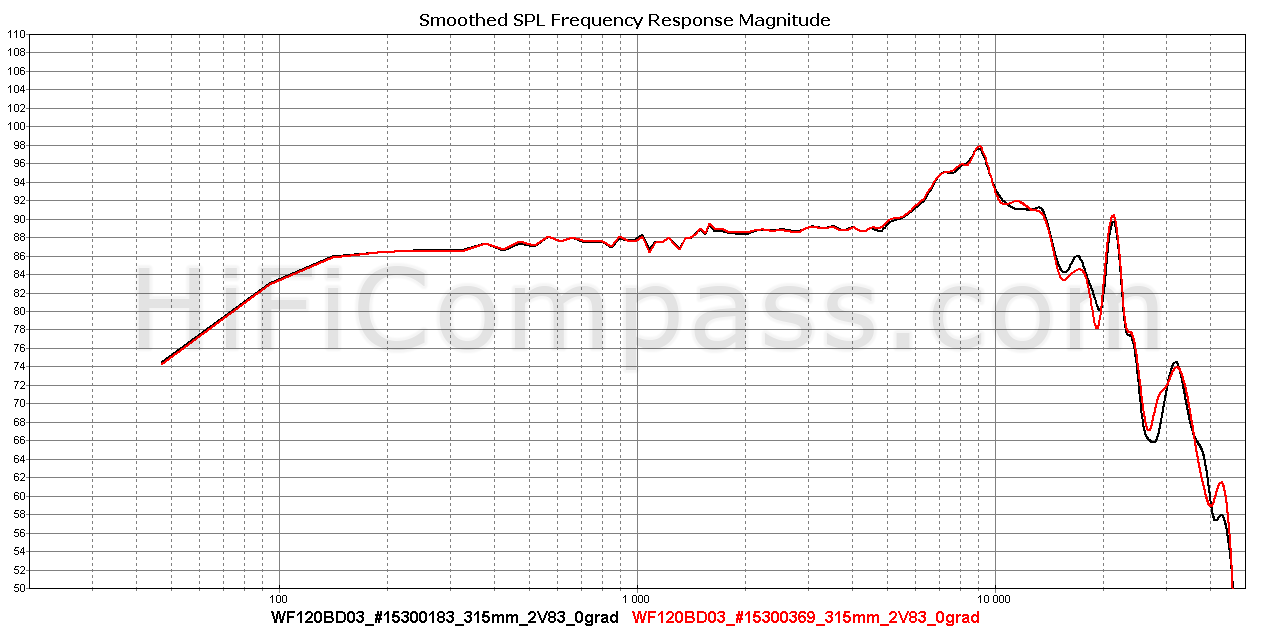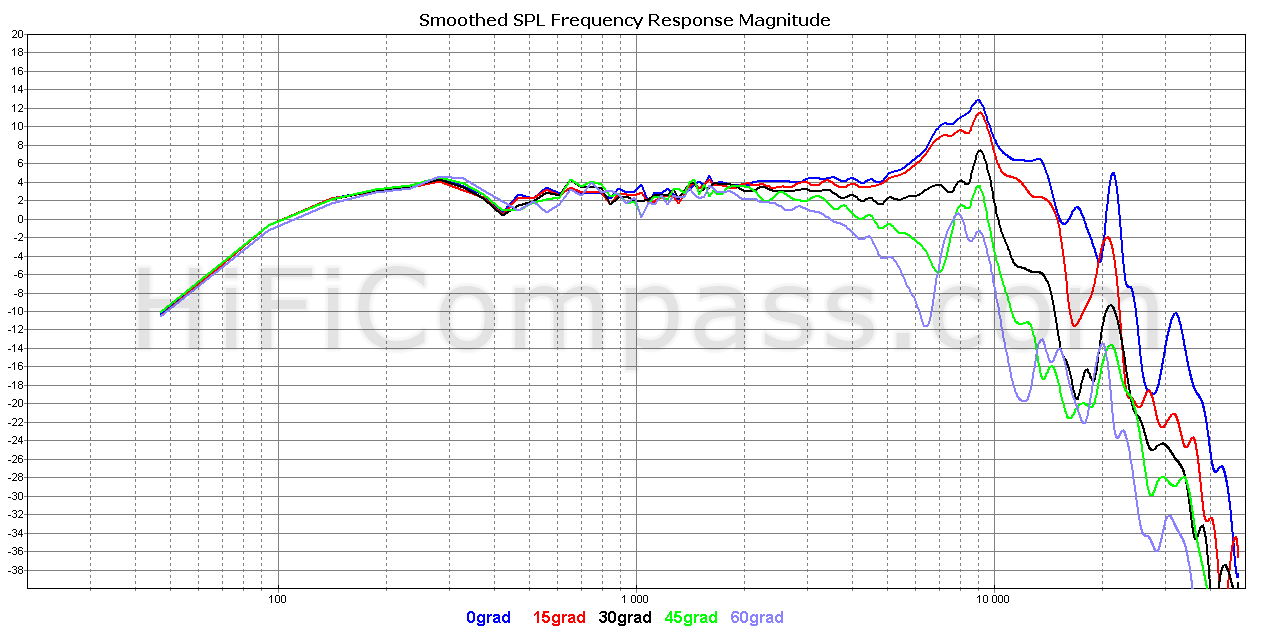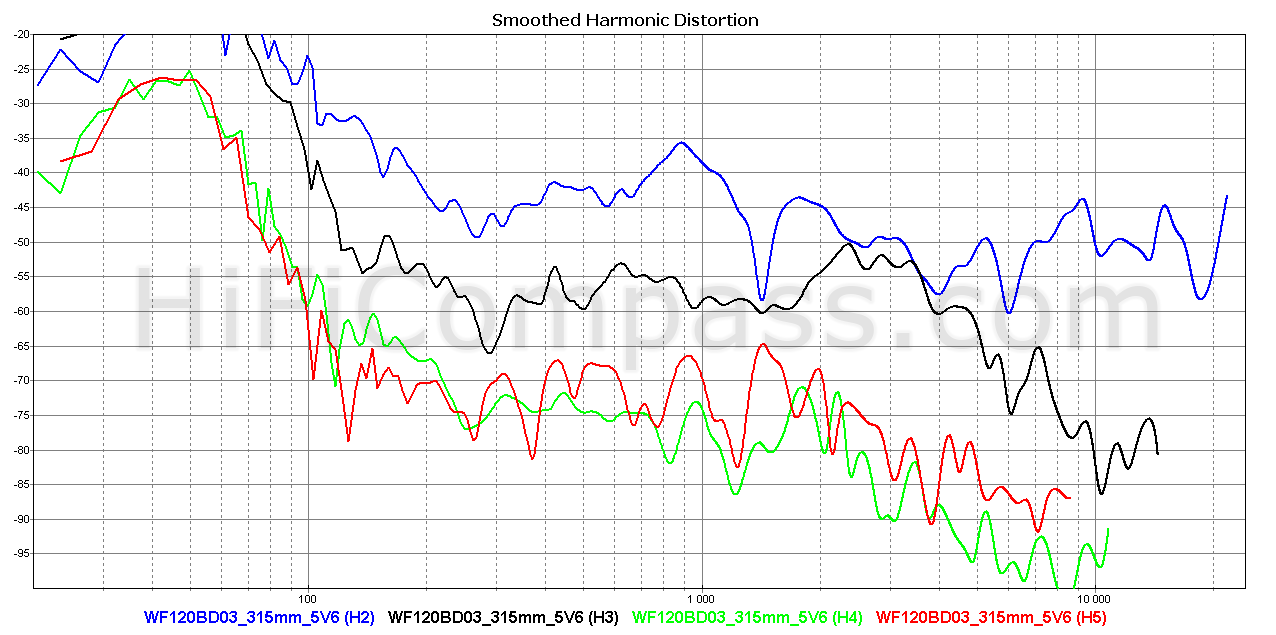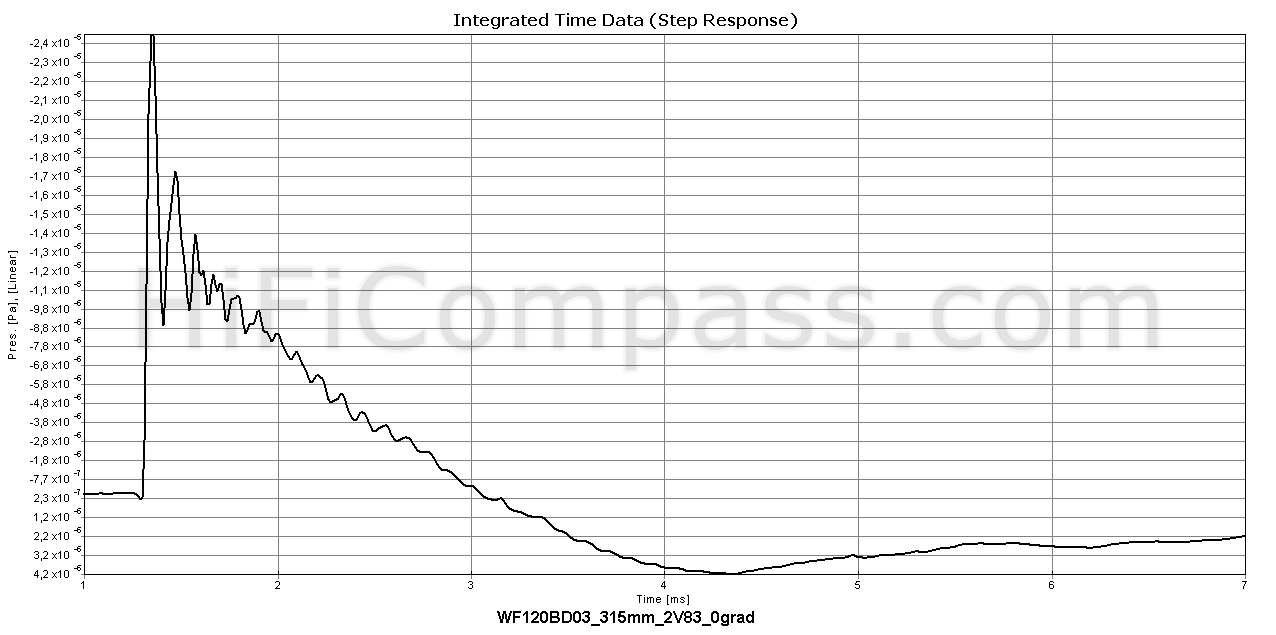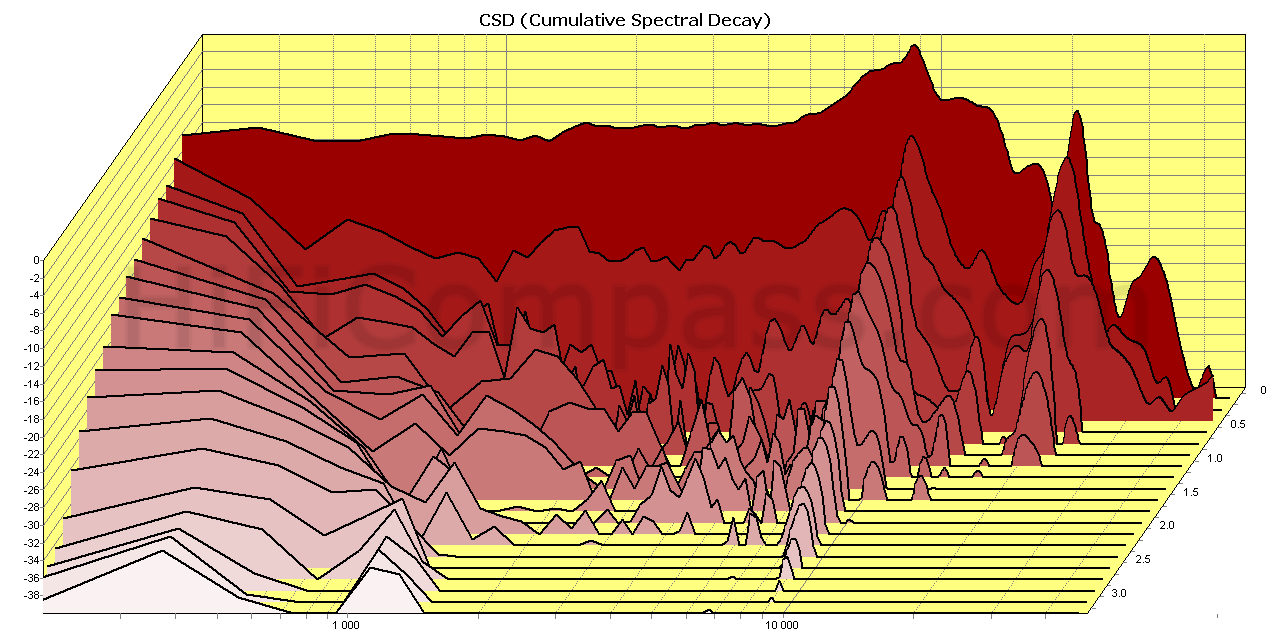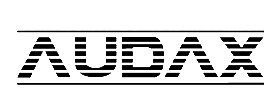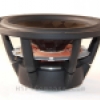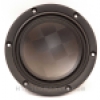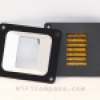HiFiCompass
Wavecor WF120BD03 midwoofer
What is on the test bench?
We continue reviewing of five Wavecor speaker models and today a small-caliber midwoofer WF120BD03 waits for us.
WF120BD03 is 4 Ohm (its 8 Ohm version - WF120BD04) midwoofer with a chassis size of 4-3/4", paper cone and with motor based on a ferrite magnet. All of Wavecor speakers labeled with "BD" letters belong to the "Balanced Drive" technology group, in which proprietary symmetric motor construction is implemented. The magnet field symmetry is achieved by extending of the center pole covered by a copper cap and incorporating of an aluminium ring. Thanks to such technical solutions the company managed to significantly reduce the voice coil inductance and nonlinear distortion. More information on this technology you can learn from the publication Wavecor Balanced Drive Technology Note that such measures require additional production costs and, as a rule, are used in the most top-end products. The manufacturer himself positions this model as a high-quality mid-low-frequency speaker for Hi-Fi and Hi-End systems.
Before testing we burned-in the speakers according to the manufacturer's recommendation - 8 Volts / 20 Hz / 2 hours and allowed it to cool for several hours.
You can get familiar with the Wavecor company history here.
Why do we test this?
The speakers of the Wavecor company have been long attracting our attention with its construction, innovate technologies, Danish roots and quite flattering feedback from consumers. However, for some reasons they couldn't reach us. At last, at the Munich exhibition Hi-End Show 2018 we had the opportunity to personally meet at the Wavecor stand with Allan Isaksen, the general manager of the company, and got to touch to the significant part of the Wavecor speaker model range. Allan Isaksen made us the impression of a business and punctual person and kindly agreed to provide several models for independent testing, for what we express our gratitude to him.
What did the manufacturer state?
We are opening the "passport":
The first to note is a perfectly designed document - a triffle but very pleasurably. We think, taking in account fullness of information, design and convenience of displaying graphic information (correctly selected scales of axes), the Wavecor's datasheets could be serve as a reference for other companies . As many loudspeaker designers, seeking for speaker drivers for their projects, are orienting, first of all, on the official datasheet, then they will not be disappointed here.
There is nothing to comment here, the manufacturer's words say for itself.
Of numerical parameters especially should be noted the declaring of additional parameters as Krm, Erm, Kxm and Exm for advanced TSL speaker driver model, that give an oportunity to designers to model a speaker operation much more precisely.
Despite the manufacturer didn't state clearly a maximum voice coil linear excursion, a simple calculation give us +/- 4 mm.
This is very small midwoofer to getting a potential bass because its effective radiation area is only 54 cm2, but this is exactly what you need for a good midrange work.
Visual inspection
The box of dense cardboard with formatted inserts made of foamed polyethylene provides very reliable transportation.
The production quality is absolutely perfect - no mechanical defects, no scratches, no burrs, no glue traces, perfectly glued label, perfectly aligned foam gasket.
The cone is made of paper, is textured and painted black on the front side. There is no any coating on the back side of cone.
The die cast aluminium chassis is black powder painted. The large windows between the basket ribs provide excellent acoustical transparency and minimal resistance to air flows. The spider is lifted up over the motor front flange for enhancing of the voice coil ventilation and reducing of air compressing. The back plate is painted black (it should be noted that in all Wavecor models all metal parts are painted black), which provides an improved heat dissipation due to the radiation effect.
If you slightly press on the cone you can see through the venting holes in the voice coil former the extended center pole covered by a copper cap. The motor belongs to overhung type as you can see that part of the voice coil extends beyond the magnetic gap. The voice coil former is made of glass-fiber for reducing of dissipative losses in the moving system.
The terminals are regular and gold plated.
In general WF120BD03 demonstrates modern design in excellent execution.
The measured chassis flange diameter and thickness are turned out to be exactly the same as in the datasheet, so you can safely trust to the datasheet mechanical drawings.
The ideal quality of manufacturing testifies to a very high production culture and a serious attitude of the company to the quality of its products.
 |
 |
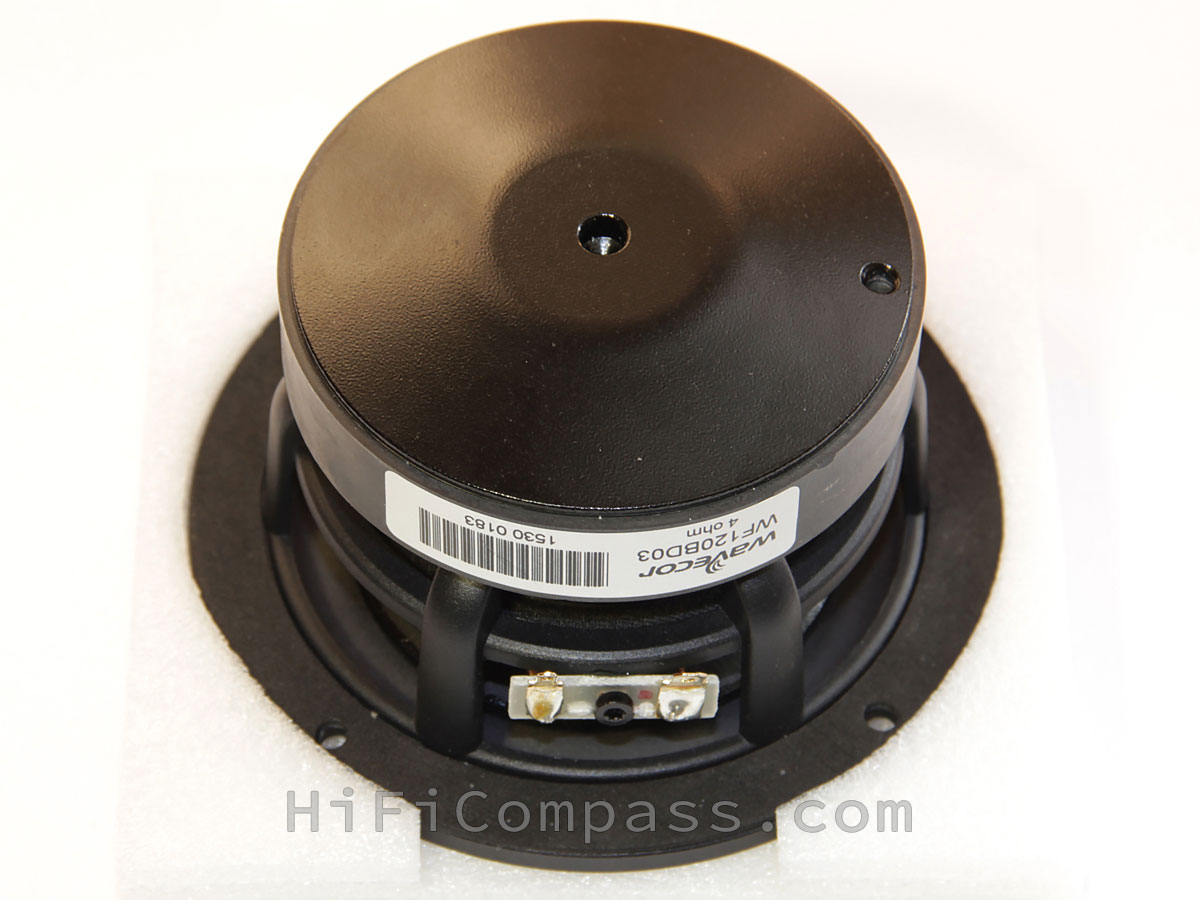 |
Impedance frequency response
On the diagram you can see impedance frequency responses for two samples - the curves lie each on other so way we can't see one behind the another. The speakers are sold separately but have similarity like if they were matched to a pair on a factory. The measured resonance frequencies are 64.6 Hz and 65.27 Hz a little bit lower than declared ones. Total quality factors Qts are 0.4234 and 0.4258 a bit higher than datasheet says. Excellent consistency! The impedance curves are very smooth without any signs of parasitic resonances in the whole range and they rise linearly on the log frequency scale. When increasing impedance scale we can see a small ripples on the curves - the traces of the cone break-up modes but they are very low and unavoidable for all paper cone based speakers.
The impedance curve indicates a very well balanced moving system and a good motor with short-circuiting rings inside the magnetic system.
On-axis frequency response
As in the case with impedance curves, on-axis magnitude frequency responses lie one on another just perfectly. The measured axial FR almost repeats the datasheets one, even having smaller amplitude of the 9 kHz resonance peak. The measured average sensitivity is around 88 dB and coincides with declared (88.5 dB). In general, on-axis frequency response is very flat and unevennes in the range of 200 Hz- 4 kHz doesn't exceed +/- 1 dB which is excellent for a paper cone speaker.
Off-axis frequency responses
The off-axis frequency response behavior demonstrates uniform and smooth decrease with increasing of frequency and angle, it has a good agreement with the curves from datasheet.
Harmonic distortion (315 mm)
We have shown nonlinear distortion for SPL about 94 dB at 1 meter. The second order harmonics dominate over the whole frequency range and this is the most favorable case for human listening because second order distortions are the least annoying. Considering a such small membrane size, its material (for soft membranes the second order harmonics as usually higher than for the hard ones) and volume of our statistical data, we can characterize the nonlinear distortions as "low".
Step response
The step response demonstrates an excellent slew rate and a rapid decay. Return to the resting state is quite fast. The teeth on the falling part of the step response are the echoes of the 9kHz membrane resonance, so you have to filter it out well.
Waterfall
The waterfall demonstrates the same effects as the step response, in addition revealing hidden resonances that are difficult to discern on other types of measurements. In this case, the waterfall demonstrates the good rapid decay of the transient process, exposing a long tail at a frequency of 9 kHz.
Listening impressions
We can tell about our listening impressions only after testing the midwoofer in real loudspeakers. Since we have not yet reached this point, we will leave this report for later.
This section will be updated after a real test in loudspeakers.
"How to use" recomendations
WF120BD03 midwoofer can be used as low-to-midrange unit in a tiny desktop high quality two-way monitor in a 3 to 4 liters vented type enclosure. Another way is using it as truly midrange unit in a very high quality 3 or 4 way loudspeaker in the frequency range 200 Hz - 4 kHz (700 Hz - 4 kHz for 4-way one). Inspite the small membrane size, the measured level of distortions allows the speaker to work down to 200 Hz. It is not quite a typical application, but the decision for the designer, since for such using there will be limitation by SPL and yet should be carefully kept the right energy balance between the loudspeaker drivers.
What is price and where to purchase?
The average retail price of WF120BD03 is around 76 to 82 EURO (VAT not included).
- https://www.rumoh.eu/nl/speakers/woofer/wavecor-wf120bd03
- https://www.wilaudio.com/en/midwoofer/321-wf120bd03.html
- https://www.costruireaudio.com/en/wavecor-wf120bd03-midwoofer-4-ohm-11-c...
- https://www.eltim.eu/index.php?item=wavecor-wf120bd03--11cm-bass-midrang...
- https://audiostatus.lt/product/sample-product/wf120bd03/
Summary
It can be summarized that the testing confirmed the very close correspondence of all measured parameters with the claimed ones. We liked this tiny midwoofer, the characteristics at the level of the best models of world manufacturers for this class of paper cone based speakers and definitely worthy of application in the most serious loudspeakers. So, what we have:
- average sensitivity - 88 dB/2.83 Volt/1 meter
- very flat and even frequency response
- good sound dispersion up to 4 kHz
- low harmonic distortions
- compact size
- perfect manufacturing quality and parameters consistency
- one of the best models in its class on the market
You can find more measurements of this midwoofer here.
CONTACTS
- Ukraine
- (+380) 95 904 7827
- hificompass@gmail.com
LAST NEWS
-
04 Mar 2025
-
25 Feb 2025
-
10 Feb 2025
-
01 Feb 2025
